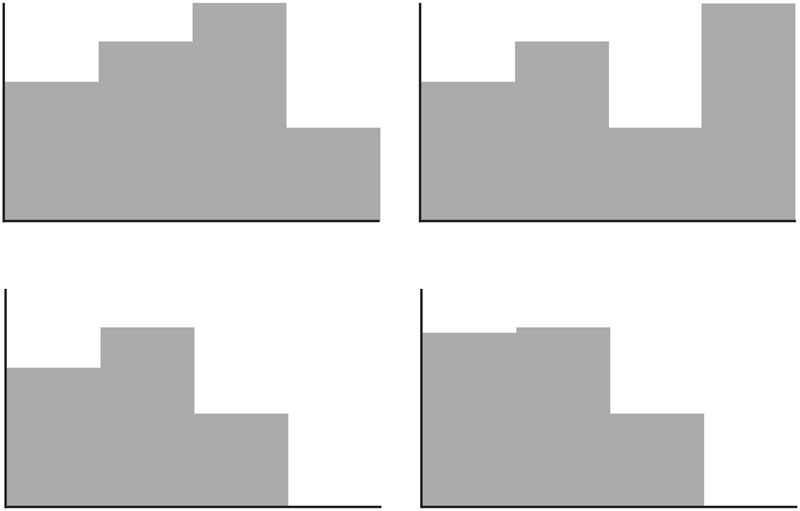Articles
The Burdening & Recovery Schedule for Olympic Weightlifting
March 14 2016

March 14 2016

The internet is flooded with information about snatch and clean & jerk technique these days, but good program design and training information remains comparatively hard to find. Part of the reason I believe is simply that it's an enormous, complex topic—the program design section alone in my book is 170 pages.
One of the big questions is how you schedule burdening and recovery—that is, how long do you push it hard in training before you back off?
There isn't a single answer to this, as it depends on a number of factors, such as the athlete's age, experience, training volume, how well he/she manages restoration, the type of phase the lifter is in, etc. But, we can generally say that 2-3 weeks of burdening followed by 1 week of recovery is a smart approach.
The lower the burden and the more gradual the progression in intensity, the longer an athlete can continue before needing a break; this is more often the situation in the earliest phase of a new training cycle, especially following a major competition after which the athlete has taken a break. This is a period of time during which the lifter is becoming re-conditioned to training stress and generally working with higher reps/volume and lower intensity, and the total training burden is relatively low, meaning far less fatigue is accumulated week to week.
There are two effective ways to structure this in a 4-week mesocycle. The first is to build over the first 3 weeks before backing off the 4th week. The second is to build for 2 weeks, back off, and then hit a peak on the 4th week. In the first case, the 3rd week may be maximal for some or nearly all lifts; in the second case, the maximal or near maximal week would be the 4th. Each approach has its benefits, and each is appropriate for different lifters at different times. You’ll see me use the 3-week build and 1-week back-off pretty commonly in the programs on this site.
If an athlete needs to stick with 2-week burdening periods, working in a 3-week mesocycle is fine, beginning with 2 weeks of high burdening followed by 1 week of lower burdening. In this situation, the first week may be moderately heavy and the second very heavy, both may be very heavy, the second may be maximal, or both may be maximal. In any case, you can push harder for 2 weeks than you can for 3. (see graphic examples of all of these basic schedules below)

Different effective burdening and recovery schedules
When using a Bulgarian-style approach, i.e. working to heavy singles daily in the competition lifts and squats and doing little if anything else, it’s more likely to not have any planned recovery periods, but rather to allow them to occur naturally. One of the important characteristics of this style of training is the very low volume—even with multiple daily training sessions, working exclusively in singles and occasional doubles in the squat will never allow a high volume of training. This very low volume allows for better management of very high intensity and frequency.
There is a lot of fervor these days about daily maximal training, as it’s a new idea for many, but this is only one approach that can be effective. The idea of using what’s most effective for each lifter at any given time is the single most important one a coach can have. There are unquestionably times that daily maximal training is ill-advised, and there are times that it can be very effective.
Remember as well that planning intensity and even volume to some degree needs to be flexible as I wrote about in this article. Having a plan is very important; knowing when and how to adjust that plan is equally important.
Read more about weightlifting program design in Olympic Weightlifting: A Complete Guide for Athletes & Coaches.
One of the big questions is how you schedule burdening and recovery—that is, how long do you push it hard in training before you back off?
There isn't a single answer to this, as it depends on a number of factors, such as the athlete's age, experience, training volume, how well he/she manages restoration, the type of phase the lifter is in, etc. But, we can generally say that 2-3 weeks of burdening followed by 1 week of recovery is a smart approach.
The lower the burden and the more gradual the progression in intensity, the longer an athlete can continue before needing a break; this is more often the situation in the earliest phase of a new training cycle, especially following a major competition after which the athlete has taken a break. This is a period of time during which the lifter is becoming re-conditioned to training stress and generally working with higher reps/volume and lower intensity, and the total training burden is relatively low, meaning far less fatigue is accumulated week to week.
There are two effective ways to structure this in a 4-week mesocycle. The first is to build over the first 3 weeks before backing off the 4th week. The second is to build for 2 weeks, back off, and then hit a peak on the 4th week. In the first case, the 3rd week may be maximal for some or nearly all lifts; in the second case, the maximal or near maximal week would be the 4th. Each approach has its benefits, and each is appropriate for different lifters at different times. You’ll see me use the 3-week build and 1-week back-off pretty commonly in the programs on this site.
If an athlete needs to stick with 2-week burdening periods, working in a 3-week mesocycle is fine, beginning with 2 weeks of high burdening followed by 1 week of lower burdening. In this situation, the first week may be moderately heavy and the second very heavy, both may be very heavy, the second may be maximal, or both may be maximal. In any case, you can push harder for 2 weeks than you can for 3. (see graphic examples of all of these basic schedules below)

Different effective burdening and recovery schedules
When using a Bulgarian-style approach, i.e. working to heavy singles daily in the competition lifts and squats and doing little if anything else, it’s more likely to not have any planned recovery periods, but rather to allow them to occur naturally. One of the important characteristics of this style of training is the very low volume—even with multiple daily training sessions, working exclusively in singles and occasional doubles in the squat will never allow a high volume of training. This very low volume allows for better management of very high intensity and frequency.
There is a lot of fervor these days about daily maximal training, as it’s a new idea for many, but this is only one approach that can be effective. The idea of using what’s most effective for each lifter at any given time is the single most important one a coach can have. There are unquestionably times that daily maximal training is ill-advised, and there are times that it can be very effective.
Remember as well that planning intensity and even volume to some degree needs to be flexible as I wrote about in this article. Having a plan is very important; knowing when and how to adjust that plan is equally important.
Read more about weightlifting program design in Olympic Weightlifting: A Complete Guide for Athletes & Coaches.

Greg Everett
Greg Everett